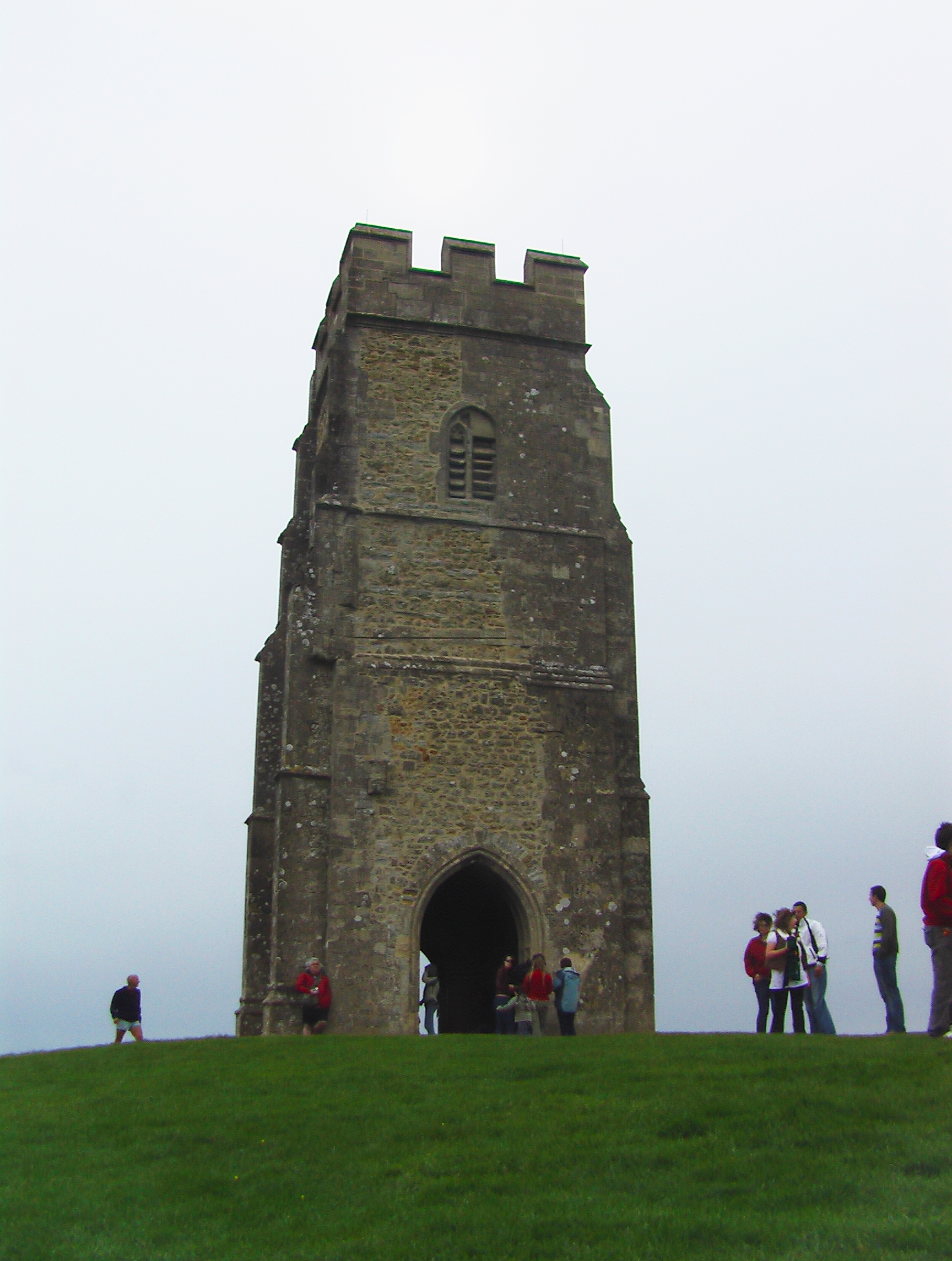SCOTLAND – Ancient archaeological finds in Scotland have once more been in the British news this week – but their status is questionable. The Scotsman reported in 2017 on the return to Scotland of the statue of a deity, the 2,500 year old “Ballachulish goddess.” The Scottish heritage community was similarly excited by the recent discovery of an unknown stone circle – but both of these artifacts are recreations.
The Ballachulish Goddess

Ballachulish figure [National Museum of Scotland].
Dr. Benjamin Gearey, archaeology lecturer at UCC, told The Scotsman: “The Ballachulish Goddess is something that has haunted me for many years. She is a very evocative character. There seems to be a tradition across Europe in carving this type of figure, but the Ballachulish Goddess is quite exceptional. What is interesting about the goddess is that what you see in the museum is very different to what she looked like.”
The original discovery caused significant conservation issues. Gearey, who is an expert in woodwork found in wetland areas, points out that the figure began to warp and disintegrate as soon as she was removed from the peat, and parts of her legs actually dropped off. The figure was carved from alder, which is highly resistant to waterlogged conditions, but was obviously very old and thus fragile. The new figure – based on a photograph taken shortly after the goddess was brought out of the peat – and the representation in the museum are rather different. The original figure seems to have been surrounded by a wicker cage and held a container. The figure also seemed to have held objects in both hands, and there is a suggestion that these were representations of male genitalia.
Gearey continues: “You get a slightly different sense of her. Some people see her as quite benevolent although others less so. The figure has been to local schools. Some felt she had a protective quality but also someone wouldn’t touch her and thought she was quite threatening. Most people in Ballachulish knew something about her. We heard lots of different stories, including how the local railway workers refused to carry her because they thought she was a Pagan idol.”
Speculation that the figure was indeed an idol started early on, in a meeting of the Society of Antiquities of Scotland in 1881:
“The report is that of a nude female, as rudely modeled as it is almost possible to conceive, but at the same time presenting a distinctly recognisable imitation of the human form. The head has a rounded protuberance which has been suggested to be the hair gathered into a top knot, the face is somewhat flattened, the nose partly obliterated and the eyes made by the insertion of quartz pebbles to represent eye balls. Nothing akin to his remarkable image has hitherto been known either in Scotland or Ireland.”
In fact, subsequent finds have been made, in Holderness in Yorkshire and in Europe.
A new stone circle
In Aberdeen, meanwhile, the “discovery” of an unknown stone circle in the parish of Leochel-Cushnie also generated excitement among the Scottish archaeological community – until it was revealed to be a modern replica. Recumbent stone circles, which feature a large horizontal stone flanked by two verticals, are found throughout the northeast of Scotland, and the originals date from 3,500 – 4,500 years ago. It was thought that this circle, reported to archaeologists by a farmer, might be among them, and it caused considerable interest due to the small size of the stones and the diameter of the circle – until the former owner of the farm came forward and informed archaeologists that he’d put the circle up in the 1990s.

Glastonbury Tor [Photo Credit: Stefano Ciotti]
Both the modern goddess and the modern stone circle are of interest to Pagans in the U.K., raising some interesting questions regarding how we view replicas as opposed to genuine antiquities. The Glastonbury stone circle, for instance, is often used for ceremonies, as are the more modern stone circles found throughout Wales and elsewhere. We might ask ourselves whether age automatically confers something more numinous, or whether the representation might suffice – whatever its age might be.
The Wild Hunt is not responsible for links to external content.
To join a conversation on this post:
Visit our The Wild Hunt subreddit! Point your favorite browser to https://www.reddit.com/r/The_Wild_Hunt_News/, then click “JOIN”. Make sure to click the bell, too, to be notified of new articles posted to our subreddit.